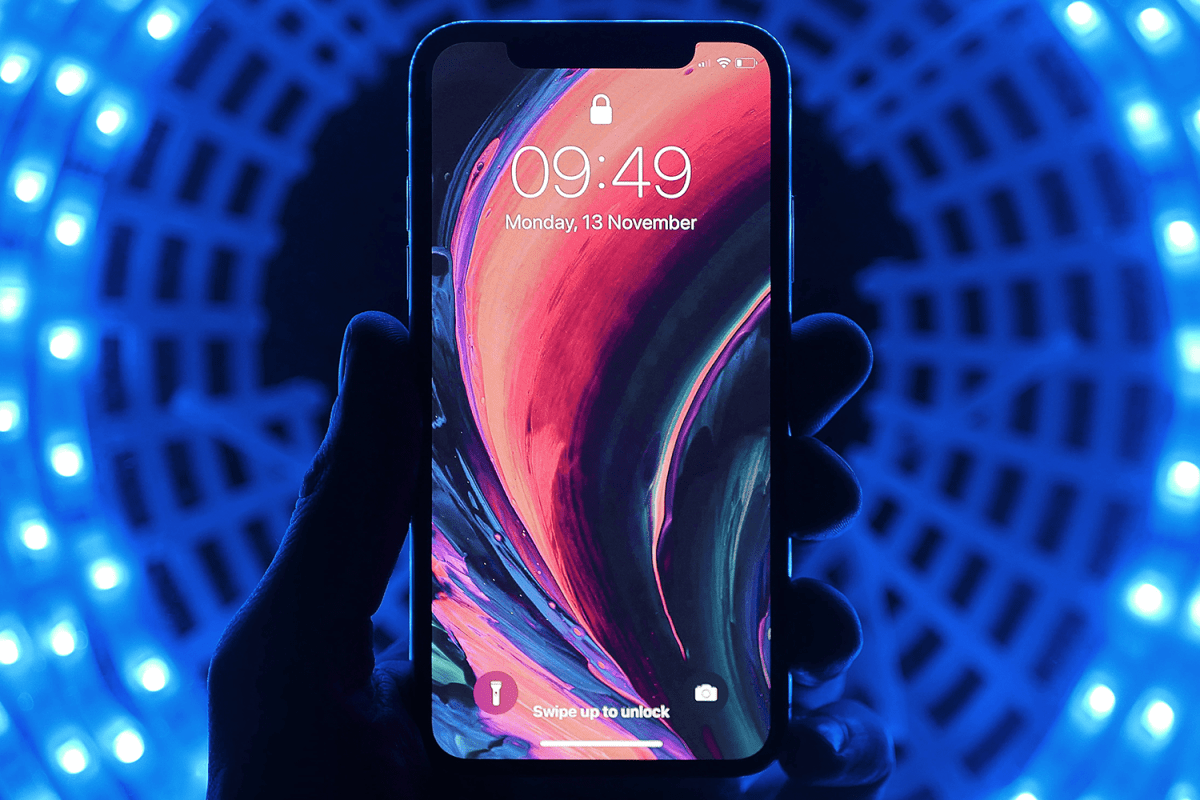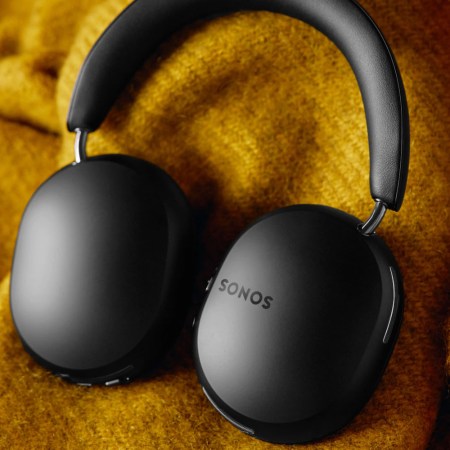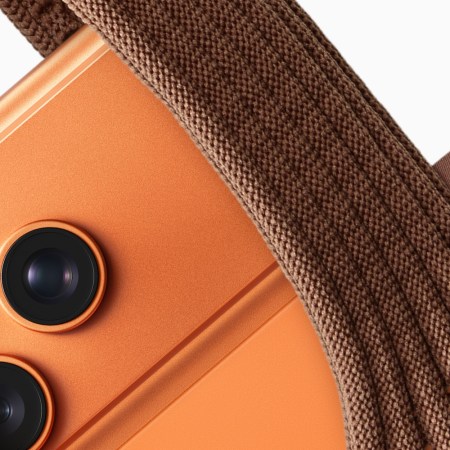With regards to COVID-19, what happens once the curve has been successfully flattened? As many journalists and political commentators have noted, there’s a gap between infections being under control and having a functional vaccine. Therein lies the dilemma: Is it possible to restore some sort of “normalcy” while preventing future outbreaks from flaring up?
Certain countries have already debuted tracking systems. China’s, which is based around cellphone tracking, is a prominent example. But many have raised doubts as to whether or not Americans would be on board for a comparable level of surveillance. Writing in Vox, Ezra Klein reviewed a number of plans for a post-social distancing nation. Klein noted that the options are all worrying in one way or another:
Until there’s a vaccine, the US either needs economically ruinous levels of social distancing, a digital surveillance state of shocking size and scope, or a mass testing apparatus of even more shocking size and intrusiveness.
Now, at The Verge, Russell Brandom and Adi Robertson have the news that both Google and Apple are at work on coronavirus tracking systems which would be built into smartphone operating systems. The system, they write, “would use short-range Bluetooth communications to establish a voluntary contact-tracing network, keeping extensive data on phones that have been in close proximity with each other.”
The plan is for this to be rolled out in mid-May — first as an application that could be voluntarily installed, and then as an update to the phone’s operating system. The usage of Bluetooth connections, rather than location data, may be to avoid some concerns over surveillance.
Unlike some other methods — like, say, using GPS data — this Bluetooth plan wouldn’t track people’s physical location. It would basically pick up the signals of nearby phones at 5-minute intervals and store the connections between them in a database.
A Google blog offers more details on the plan. Brandom and Robertson raise a number of questions about its potential effectiveness — but it’s an intriguing step in finding a solution for a possibly unsolvable problem.
Subscribe here for our free daily newsletter.
Thanks for reading InsideHook. Sign up for our daily newsletter and be in the know.


















